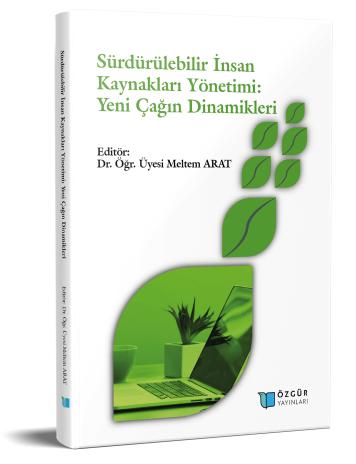
Sustainable Human Resources Management: Sustainable Development Goals and Relation of Human Resources Functions
Chapter from the book:
Arat,
M.
(ed.)
2025.
Sustainable Human Resources Management: Dynamics of New Age.
Synopsis
This chapter explores the reciprocal relationship between the Sustainable Development Goals (SDGs) and Human Resources (HR) functions, analyzing this connection within the framework of systems thinking and process management concepts. The primary objective of the study is to emphasize the key role of human capital in achieving the SDGs and to outline how HR functions should be structured in this context.
Within the scope of the analysis, a comparative evaluation is made between the United Nations Millennium Development Goals and the SDGs, highlighting the centrality of themes such as education, employment, equality, inclusion, and decent work. The study demonstrates how core HR functions such as workforce planning, recruitment, training and development, performance management, and compensation can be aligned with these goals.
Findings are discussed at two levels: At the macro level, the study underscores the need for countries to develop long-term, inclusive, and equity-based HR policies to build a qualified workforce in line with sustainable development. At the micro level, it is emphasized that organizations should adopt SDG-sensitive corporate strategies, align their HR policies with these goals, and guide employee behavior accordingly.
In conclusion, human capital is recognized as an indispensable input for achieving the Sustainable Development Goals. Therefore, integrating strategic HR management with the SDGs is presented as a critical requirement at both national and organizational levels.

